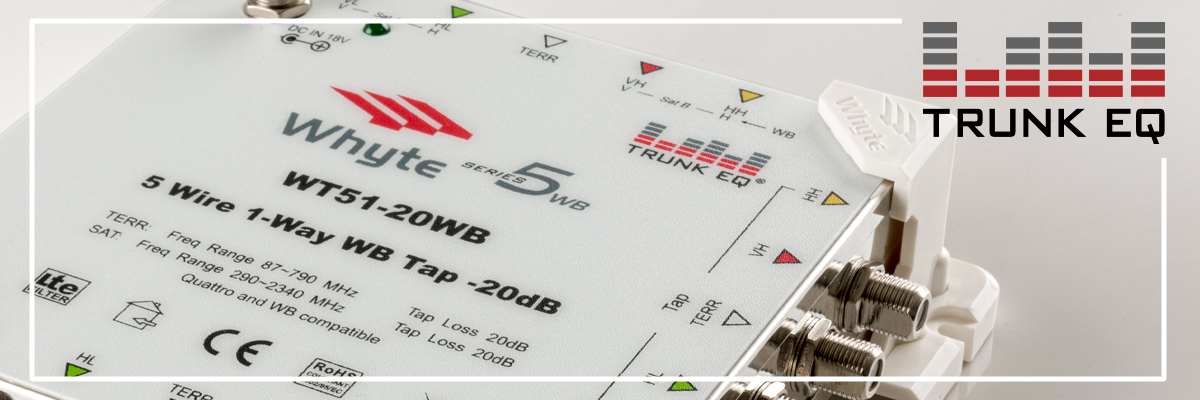
WB Taps with Trunk EQ
In our last technical post, we talked about Pre-BER and how this can be a useful tool in the process of lining up satellite dishes and adjusting your LNB for the best off-air satellite performance. Let us take a closer look at Post-BER (errors after correction).
High Post-BER values tells us when a system is really suffering a high level of Pre-BER errors and in the worst cases too many to be corrected which results in picture blocking, audio chirping and eventually leads to failing to decode completely (loss of service).
When we are making Pre or Post BER measurements you need to allow sufficient time for enough bits to have passed through your analysers detector to make an estimation of BER (sometimes referred to as dwell time). For DVB-T 64 QAM modulated services this would be around 10 seconds. So, we can see that it’s important to allow enough time when logging DVB-T services so that we have an accurate record of Pre and Post-BER values. For terrestrial measurements this is not so much on an inconvenience typically we would have less than 8 Muxes to measure and record (on the UK DTT transmitter network) and can be done manually relatively quickly. For satellite were dealing with multiple transponders, typically 72 if we look to Astra-2 satellites at 28.2® east and if our POP Scan (Proof of Performance) or datalogger runs too quickly this could give an inaccurate BER result (not enough bits measured for an accurate estimation) or worse still fail a system that is perfectly adequate. So, how is this addressed?
After your data-log revisit any marginal transponders found and log these individually again allowing at least 4 seconds for the BER measurement (DVB-S QPSK) to gather enough bits to produce an accurate estimation. You will find that for DVB-S QPSK the BER measurement is quicker (as there less bits to process for an accurate BER estimation) and your datalog will show mostly the same results when compared to testing an individual DVB-S QPSK transponder.
For DVB-S2 were dealing with a much higher bit rates for QPSK and 8PSK modulation schemes (even more data) so 8 seconds would be more appropriate.
Next time we going to take a closer look at MER (Modulation Error Ratio).
